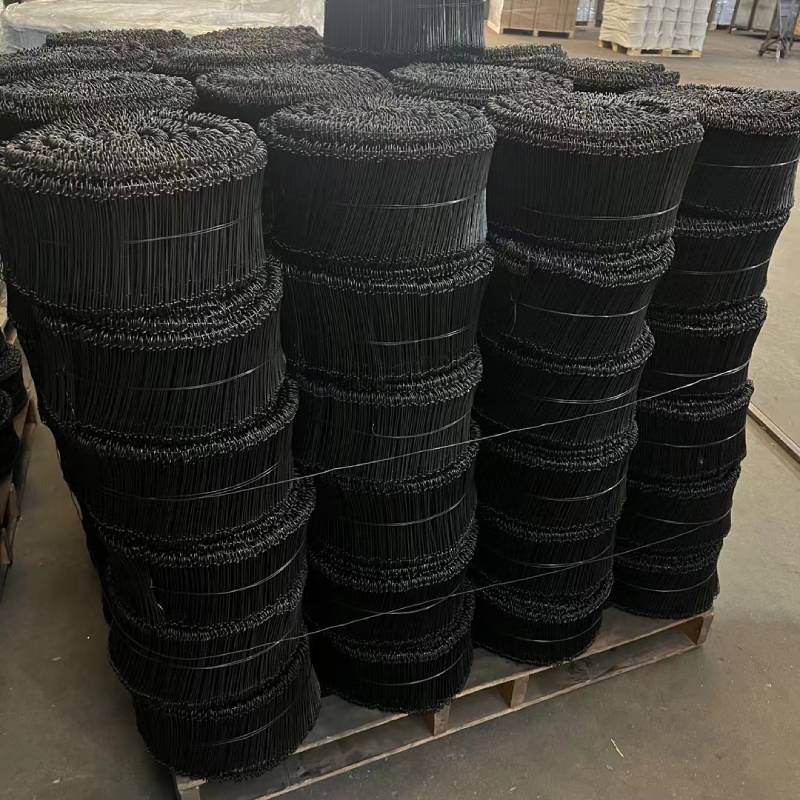
- Mobile Phone
- +8613931874955
- sales@cntcmetal.com
High-Strength Annealed Tie Wire for Various Construction and Industrial Applications to Enhance Durability
The Versatility of Annealed Tie Wire A Comprehensive Analysis
Annealed tie wire is a crucial component in various industries, known for its flexibility, strength, and ease of use. This article delves into what annealed tie wire is, its applications, benefits, and the manufacturing processes that enhance its characteristics.
What is Annealed Tie Wire?
Annealed tie wire is a type of wire that has undergone an annealing process, which involves heating the wire to a specific temperature and then allowing it to cool slowly. This process relieves internal stresses, increases ductility, and reduces hardness. As a result, annealed tie wire is soft, pliable, and can be easily bent and shaped without breaking.
Typically made from low-carbon steel, annealed tie wire can also be produced in various gauges to suit different applications. The wire is usually coated with zinc or other materials to enhance corrosion resistance, making it suitable for outdoor and damp environments.
Applications of Annealed Tie Wire
One of the primary applications of annealed tie wire is in construction and building projects. It is commonly used to tie rebar together, ensuring structural integrity in concrete construction. The flexibility of the wire allows for tight binding, which is crucial to maintaining the strength and stability of concrete structures.
annealed tie wire

In gardening and horticulture, annealed tie wire is extensively used for supporting plants, securing trellises, and bundling plant materials. Gardeners favor it because of its soft touch that avoids damaging delicate plants while still providing essential support.
Moreover, industries such as landscaping, fencing, and even arts and crafts utilize annealed tie wire. Its versatility allows for a wide range of uses, from creating decorative elements to constructing fences and supports in various outdoor projects.
Benefits of Using Annealed Tie Wire
The primary advantage of annealed tie wire is its ease of handling. The softness of the wire allows users to twist, bend, and mold it easily, which is particularly beneficial in fast-paced construction or gardening environments. The lightweight nature of the wire also makes it easy to transport and store, adding to its appeal.
Another significant benefit is its strength and structural integrity when properly used. Annealed tie wire can endure considerable tension and weight, making it an ideal choice for securing various materials. Additionally, with its resistance to corrosion when treated, it ensures longevity and durability, particularly in outdoor applications.
Conclusion
In summary, annealed tie wire is a multifunctional and essential material in various fields, particularly construction and horticulture. Its manufacturing process enhances its characteristics, making it an ideal choice for projects that require strength and flexibility. As industries evolve and demand for versatile materials increases, the role of annealed tie wire is likely to expand, maintaining its status as a go-to solution for numerous applications. Whether it's securing a concrete structure or supporting blooming plants, the significance of annealed tie wire cannot be understated. Its adaptability and beneficial properties make it a staple in both industrial and everyday use.
share:
-
Your Source for Concrete Wall Ties and Masonry AccessoriesNewsJul.10,2025
-
Unlocking the Power of Iron Wire for Every ProjectNewsJul.10,2025
-
Explore Advanced Chain Wire and Stainless Steel Mesh FencingNewsJul.10,2025
-
Discover the Benefits of Annealed Wire ProductsNewsJul.10,2025
-
Discover China Stainless Steel Wire Mesh SolutionsNewsJul.10,2025
-
Build with Confidence Using High-Performance Masonry AccessoriesNewsJul.10,2025
-
Why Sacrificial Formwork Is Redefining Underground ConstructionNewsJun.06,2025



















